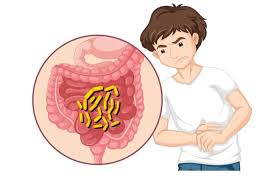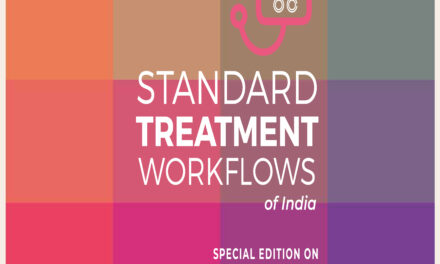A team of U.S. researchers has uncovered new insights into how Salmonella bacteria—one of the leading causes of food poisoning worldwide—manipulate the gut environment to thrive and spread. The findings, published in the Proceedings of the National Academy of Sciences, reveal a sophisticated survival strategy used by the pathogen.
A Global Health Concern
According to the World Health Organization (WHO), approximately 600 million people fall ill each year due to unsafe food, with 420,000 deaths annually. Salmonella, commonly found in raw eggs, undercooked poultry, beef, pork, vegetables, and processed foods, remains a major contributor to this health burden.
The human gut, home to trillions of bacteria, plays a critical role in defending against pathogens. Many of these resident bacteria produce short-chain fatty acids (SCFAs), which help inhibit harmful microbes. However, the study reveals that Salmonella can manipulate the gut’s nutrient balance, disrupting this protective mechanism.
How Salmonella Tricks the Gut
While Salmonella has long been known to invade the small intestine, the new research demonstrates its ability to infiltrate the colon, where it multiplies.
“By causing inflammation in the small intestine, Salmonella disrupts normal amino acid absorption, creating an imbalance that allows it to survive and replicate in the large intestine,” explained Dr. Andreas Baumler, lead author and Professor at the University of California-Davis.
The inflammation, triggered by Salmonella in the gut lining, prevents the efficient uptake of amino acids like lysine and ornithine. These amino acids accumulate in the gut, counteracting the growth-inhibiting effects of SCFAs and providing a favorable environment for the pathogen.
Breakthrough Observations
In mouse models, the researchers observed a significant reduction in amino acid absorption during Salmonella infections. This nutrient imbalance was key to the pathogen’s ability to thrive in the large intestine.
“Our findings show that Salmonella has a clever way of changing the gut’s nutrient environment to its advantage,” said Dr. Baumler. “By making it harder for the body to absorb amino acids in the ileum, Salmonella creates a more favorable environment for itself in the large intestine.”
Implications for Gut Health
The study not only sheds light on the mechanisms behind food poisoning but also provides insights into inflammatory bowel diseases, such as Crohn’s disease and ulcerative colitis. By understanding how pathogens like Salmonella manipulate the gut environment, researchers hope to develop more effective treatments for gut infections and related disorders.
With foodborne illnesses affecting millions globally, these findings emphasize the need for stringent food safety measures and continued research into gut health to mitigate the impact of Salmonella and similar pathogens.











